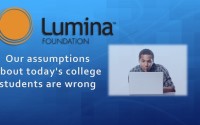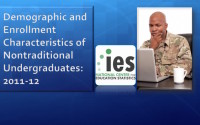
Of Needles and Haystacks: Building an Accurate Statewide Dropout Early Warning System in Wisconsin
The state of Wisconsin has one of the highest four year graduation rates in the nation, but deep disparities among student subgroups remain. To address this the state has created the Wisconsin Dropout Early Warning System (DEWS), a predictive model of student dropout risk for students in grades six through nine. The Wisconsin DEWS is […]













